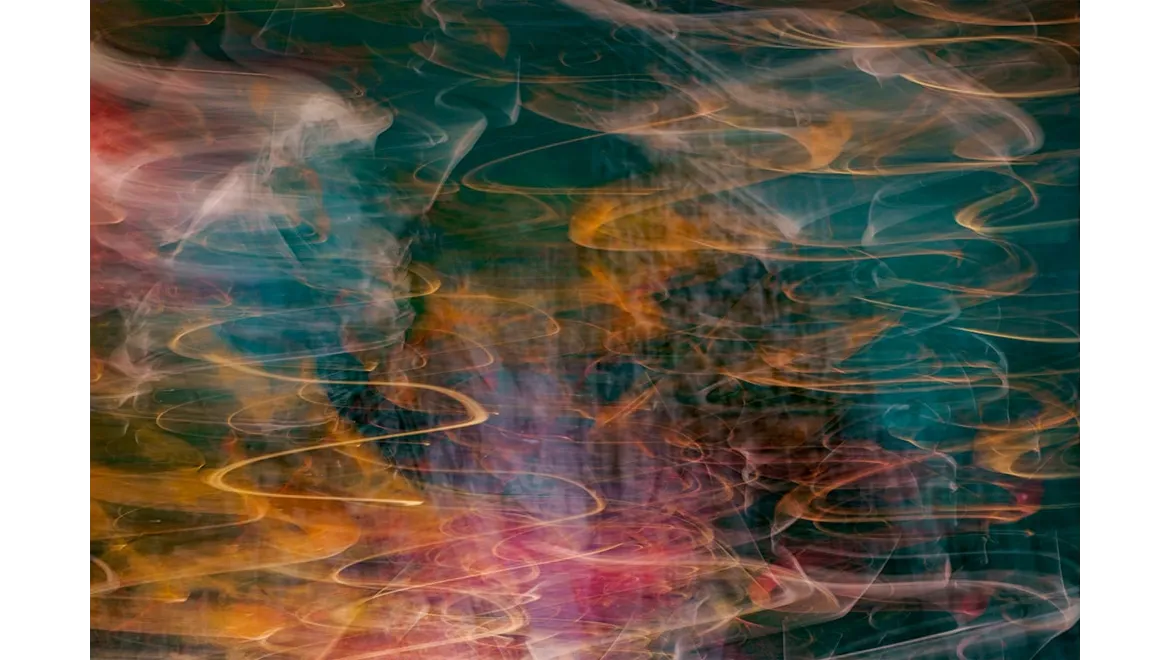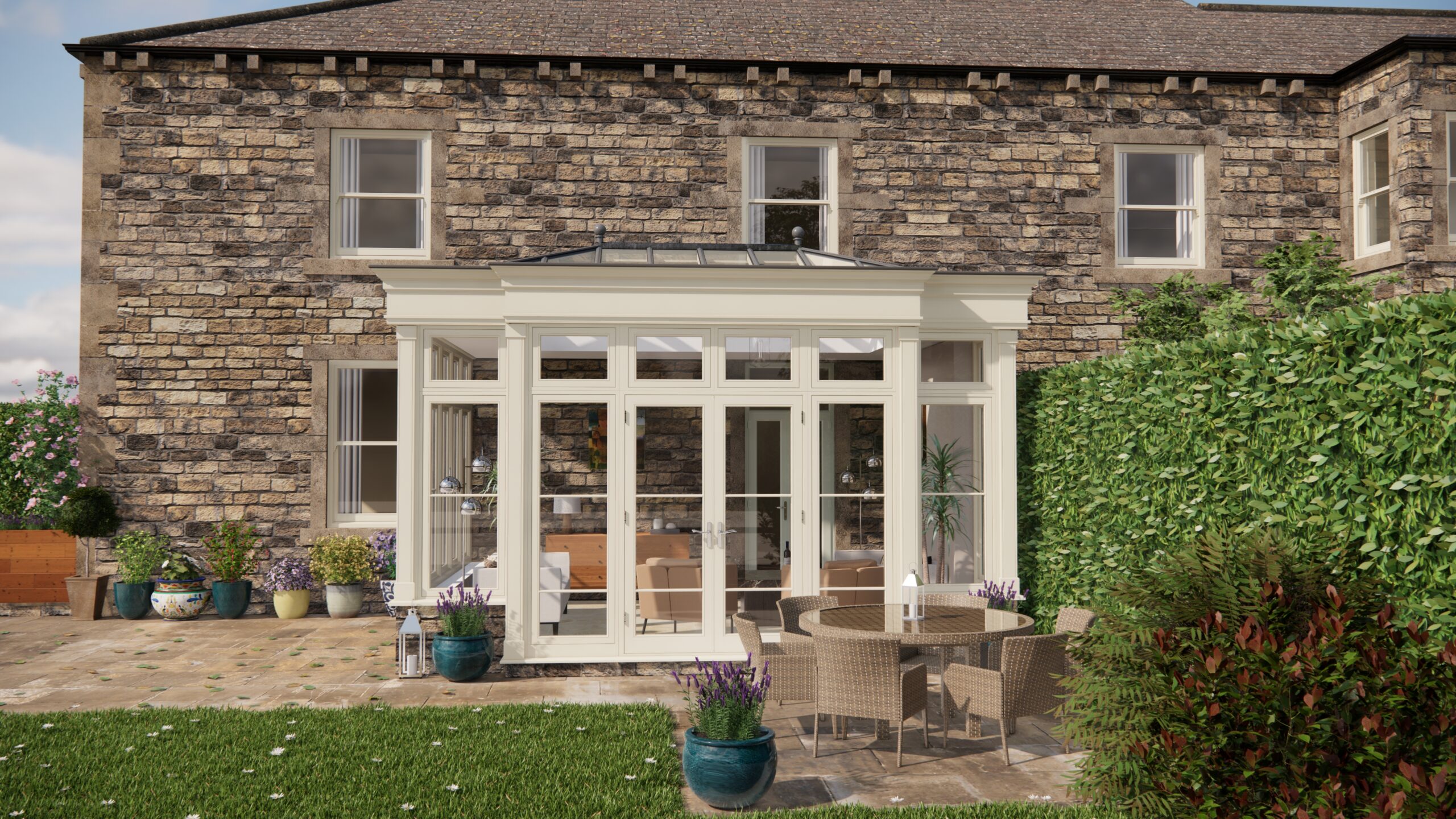When I first heard about the idea of transforming an orangery into an art studio, I was intrigued. An orangery, with its abundant natural light and connection to nature, seems like the perfect space to foster creativity. I recently had the pleasure of sitting down with Emma, an artist who has successfully converted her orangery into a vibrant art studio. Our conversation was as enlightening as it was inspiring. Here’s how she did it, and how you can too.
Setting the Stage: Choosing the Right Space
Emma began by explaining the selection process for her orangery. “It was important for me to choose a space that was not only functional but also inspiring,” she told me. Her orangery, a small glass structure attached to her home, offered views of her lush garden.
She suggested starting with a thorough assessment of your space. “Make sure it’s structurally sound and has adequate insulation,” she advised. Emma had to reinforce her orangery’s roof and install double-glazed windows to maintain a comfortable temperature year-round. The importance of climate control cannot be overstated; after all, you want to be comfortable while creating your masterpieces.
Light and Layout: Designing for Creativity
Emma’s next step was to capitalise on the natural light pouring through the windows. “Lighting is everything in an art studio,” she said. “It affects how you see colours and can change the entire mood of your work.” To enhance the natural light, she used sheer curtains that allowed sunlight in while reducing glare. She also installed adjustable LED lights to maintain consistent lighting during overcast days or late-night sessions.
When it came to layout, Emma was strategic. “I wanted an open flow, with everything I need within reach,” she explained. Her advice for anyone setting up their own studio was to consider how they move through their creative process. “Think about where you want your easels, storage, and seating,” she added. Emma used modular furniture that could be easily rearranged, allowing her to adapt the space for different projects.
The Artistic Touch: Personalising Your Studio
One of the most exciting parts of creating a studio is making it your own. Emma’s space is a reflection of her artistic style, featuring soft pastel colours and a blend of vintage and modern elements. “Your studio should be an extension of who you are,” she said with a smile.
She encouraged me to think about what inspires me and to incorporate those elements into the studio. For Emma, it was a collection of old botanical prints and a shelf filled with art books. She also emphasised the importance of comfort, suggesting a cosy chair for reading or contemplating the next project.
The Nuts and Bolts: Organising Materials and Tools
A well-organised studio is a productive studio, Emma stressed. She showed me her clever solutions for storing art supplies, like glass jars for brushes and labelled drawers for paints. “It’s essential to have a system,” she said. Emma recommended clear storage containers so she could easily see what she had, reducing the time spent searching for materials.
She also had an interesting approach to managing her tools: a pegboard wall. “It keeps everything off the surfaces and within arm’s reach,” she explained. This simple yet effective solution allowed her to hang everything from scissors to rulers, freeing up valuable workspace.
Finding Balance: Creating a Space for Reflection and Work
While the studio was primarily a place for work, Emma stressed the importance of having a space for reflection. “Creativity doesn’t happen in a vacuum,” she said. In one corner of her orangery, she set up a small table with a kettle, a selection of teas, and a comfortable armchair. “Sometimes, stepping away from the canvas and taking a moment to think can lead to breakthroughs,” she noted.
Creating an inspiring studio is not just about aesthetics; it’s about crafting a space that supports your creative process. Emma’s journey from a simple orangery to a functional and inspiring art studio is a testament to what thoughtful planning and a personal touch can achieve.
From ensuring your space is structurally sound to lighting and layout, and from personal touches to organised storage, the transformation of an orangery into an art studio is a rewarding endeavour. Emma’s experience has shown that with a bit of creativity and effort, you can turn any space into a personal sanctuary for artistic expression. Whether you’re a seasoned artist or just starting, creating a dedicated space for your craft can be a truly inspiring adventure.


